
Hyperglycaemia in Critically Ill Patients
There is an ongoing debate regarding the efficacy of glycaemic control in critically ill patients. Here we briefly highlight the key function of elevated glucose in critically ill patients, namely, to enable elevation of... read more

Delirium in Advanced Cancer Patients Worsens Survival
Patients with advanced cancer who arrived at the ED with delirium had increased rates of hospitalization and ICU admissions, as well as shorter survival rates, according to a study published in The Oncologist. Many patients... read more

Muscle Oxygenation as Indicator of Shock Severity
The aim of this pilot study was to evaluate the potential of a new noninvasive optical measurement of muscle oxygenation (MOx) to identify shock severity in patients with suspected sepsis. We demonstrate that noninvasive... read more

Better Detection & Response to Outbreaks with Enhanced Data
Established in 2016, CDC’s Antibiotic Resistance Laboratory Network (AR Lab Network) supports nationwide lab capacity to rapidly detect antibiotic resistance in healthcare, food, and the community, and inform local responses... read more
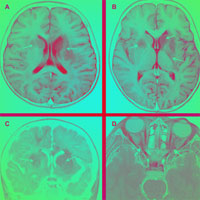
International Survey of Critically Ill Children with Acute Neurological Insults
Margaret Parker, MD, MCCM, speaks with Ericka L. Fink, MD, MS, about the PANGEA study (Prevalence of Acute Critical Neurological Disease in Children: A Global Epidemiological Assessment), published in the April 2017 issue... read more
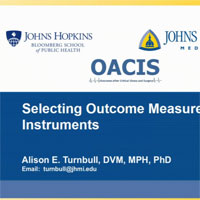
Improving Long-Term Outcomes Research for ARF
Alison Turnbull, DVM, MPH, PhD discusses the heterogeneity in outcome measures in our field and the need for a Core Outcome Measurement Set (COMS) to standardize reporting of important outcomes. As part of the consensus process,... read more
Where is the Love in Critical Care?
If we look at any critical care system there are several components that are required to drive quality, safety and ultimately success. The greatest driver of success is ultimately the staff. Staff who feel safe, valued and... read more

Readmissions for Recurrent Sepsis: New or Relapsed Infection?
Sepsis hospitalizations are frequently followed by hospital readmissions, often for recurrent sepsis. However, it is unclear how often sepsis readmissions are for relapsed/recrudescent vs. new infections. The aim of this... read more

Anabolic and Anticatabolic Agents in Critical Care
Profound metabolic derangements occur in critically ill patients; this hypermetabolic response is a major contributor to adverse outcomes. Despite the pharmacological therapies currently available to counteract this devastating... read more

Examining Mechanical Chest Compressions
Mechanical chest compression (CC) during cardiopulmonary resuscitation (CPR) with AutoPulse or LUCAS devices has not improved survival from cardiac arrest. Cohort studies suggest risk of excess damage. Therefore, Koster et... read more
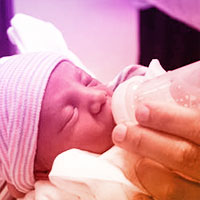
The Science and Art of Pediatric Critical Care Nutrition
Malnutrition is prevalent in the pediatric ICU population, and is associated with worse outcomes. Nutrition support teams, dedicated dietitians, and educational programs facilitate surveillance for existing malnutrition and... read more
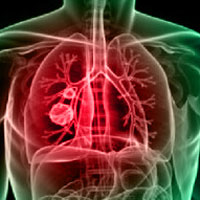
External Validity of Electronic Sniffers for Automated Recognition of ARDS
Automated electronic sniffers may be useful for early detection of acute respiratory distress syndrome (ARDS) for institution of treatment or clinical trial screening. Published electronic sniffer algorithms for ARDS may... read more
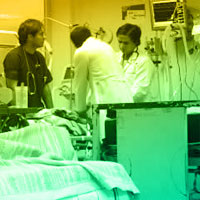
Ventilation Rate During Adult CPR with Tracheal Tube
The optimal ventilation rate during cardiopulmonary resuscitation (CPR) with a tracheal tube is unknown. A new systematic review finds that a ventilation rate recommendation of 10 min-1 during adult CPR with a secure airway... read more

Mechanisms of Severe Mortality-associated Bacterial Co-infections Following Influenza Virus Infection
The mechanisms of severe morbidity following influenza-bacteria co-infections mainly include failure of an antibacterial immune response and pathogen synergy. Moreover, failure to resume function and tolerance might be one... read more
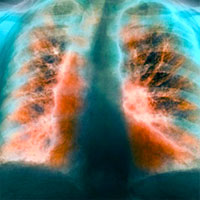
Clinical Impact of COPD on Non-cystic Fibrosis Bronchiectasis
Clinical impact of chronic obstructive pulmonary disease on non-cystic fibrosis bronchiectasis. A study on 1,790 patients from the Spanish Bronchiectasis Historical Registry. Patients with BE related to COPD have the same... read more

Doctors frustrated that electronic records steal time from patients
Researchers asked doctors licensed to practice in Rhode Island the question: How does using an EHR affect your interaction with patients? They got an earful. Most who responded complained that electronic records undermined... read more

Patients with postoperative delirium more likely to suffer dementia
Delirium is common in elderly hospitalized patients, affecting an estimated 14 - 56% of patients. It frequently manifests as a sudden change in behavior, with patients suffering acute confusion, inattention, disorganized... read more









